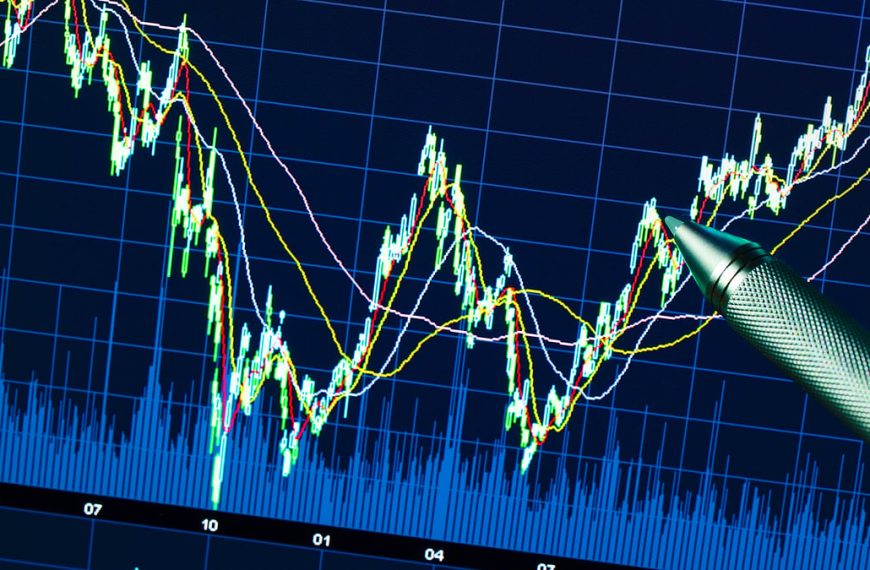Amid rising tensions in the India-Pakistan conflict, the Indian stock market has displayed notable resilience, contrasting sharply with the turbulence affecting Pakistan’s markets. On Thursday, the KSE 100 index in Pakistan plummeted by over 7%, while India’s Nifty 50 managed to stay above the critical support level of 24,050. Despite predictions of a possible 5-10% correction due to geopolitical tensions, experts remain optimistic about a robust recovery once the situation stabilizes.
Understanding the Market Dynamics
The ongoing conflict, marked by significant events like the Pahalgam terror attack and India’s Operation Sindoor, has injected volatility into market conditions. Yet, historical trends reveal that the Indian stock market, especially the Nifty 50, tends to bounce back swiftly after temporary downturns.
- Historical Resilience: The Nifty 50 has shown corrections typically ranging from 5-10% during similar geopolitical strains, with rapid recoveries following.
- Strategic Insights: Seema Srivastava, a Senior Research Analyst at SMC Global Securities, emphasizes the need for investors to look for value opportunities within specific sectors.
Sectors Offering Value Picks
In light of the current geopolitical climate, certain sectors have emerged as attractive options for investors seeking stability and long-term growth potential.
Defence and Aerospace
With the heightened focus on national security, the defence sector stands out. Increased government spending on military capabilities has created demand for local technology and equipment.
- Key Players: Companies like Hindustan Aeronautics Ltd. (HAL) and Bharat Electronics Ltd. (BEL) are well-positioned to benefit from government contracts.
- Growth Opportunities: Other notable stocks include Bharat Dynamics Ltd. (BDL) and Mazagon Dock Shipbuilders Ltd., which are expected to thrive due to their strategic roles in defence manufacturing.
Banking Sector Stability
The banking sector also presents a compelling investment case during uncertain times. Large-cap private banks such as HDFC Bank, Axis Bank, and ICICI Bank are particularly attractive due to their solid financial foundations.
- Defensive Nature: These banks have low exposure to global market fluctuations, enhancing their appeal.
- Expected Recovery: Despite a recent dip in the Nifty PSU Bank index, these banks are likely to rebound with India’s ongoing domestic growth.
Fast-Moving Consumer Goods (FMCG)
The FMCG sector is another area where investors can find reliable options. Companies like ITC Ltd. and Hindustan Unilever Ltd. (HUL) are known for their strong brand loyalty and steady cash flows.
- Market Resilience: These firms are less impacted by geopolitical issues, making them safe bets for cautious investors.
- Consistent Demand: The strong consumer base in India ensures that demand for essential goods remains robust.
Agrochemicals and Telecom
The agrochemical sector is crucial for supporting Indian agriculture, providing stability amid market fluctuations. Companies like UPL Ltd. and PI Industries Ltd. are expected to maintain steady performance.
- Key Benefits: Their focus on essential farming needs positions them favorably even during uncertain times.
Meanwhile, the telecom sector plays a vital role in national security, with companies like Bharti Airtel and Reliance Jio being instrumental in enhancing India’s digital infrastructure.
Capital Goods: A Foundation for Growth
Investing in capital goods companies such as Larsen & Toubro Ltd. (L&T) and Siemens Ltd. offers potential for long-term gains. Their strong domestic order books and alignment with government spending initiatives make them resilient against external shocks.
Conclusion: Navigating the Market with Confidence
As the geopolitical landscape evolves, investors are encouraged to focus on large-cap stocks, diversify their portfolios across resilient sectors, and avoid impulsive selling. Notable stocks like HAL, BEL, HDFC Bank, ITC, and Reliance Industries reflect a balanced mix of safety and growth opportunity.
Investors should remain vigilant and consider these insights while navigating through the complexities of the current market situation. Historical patterns indicate that, despite the prevailing risks, the market often rebounds strongly after periods of conflict.











